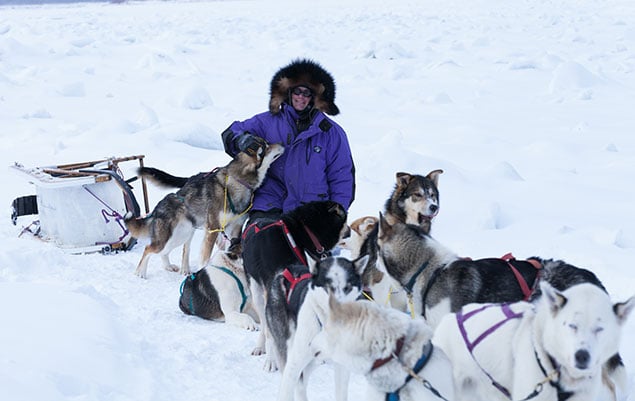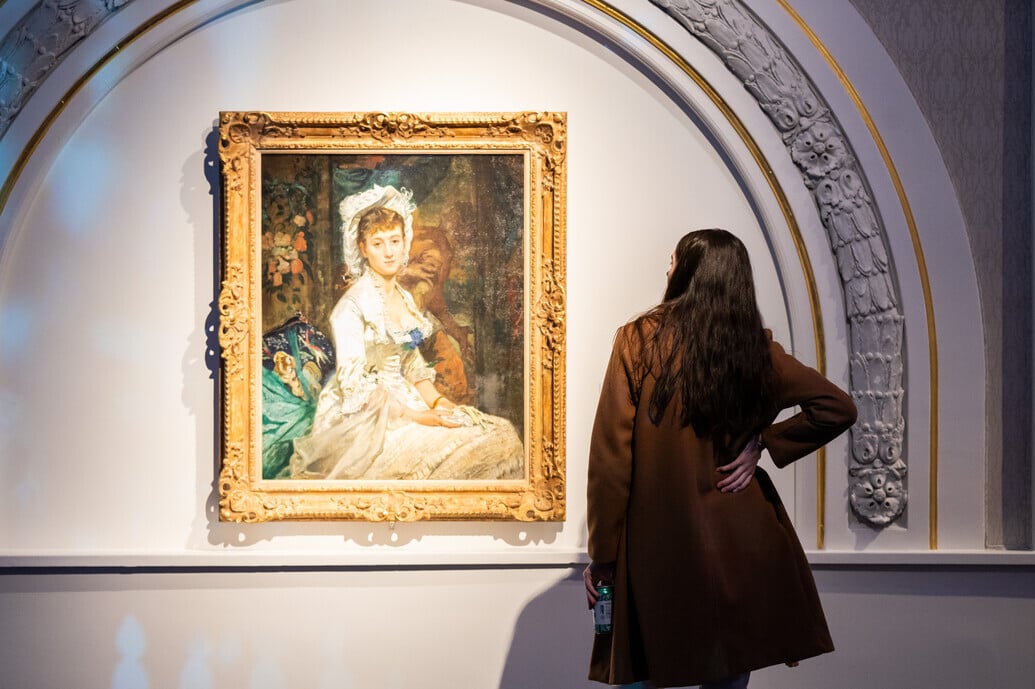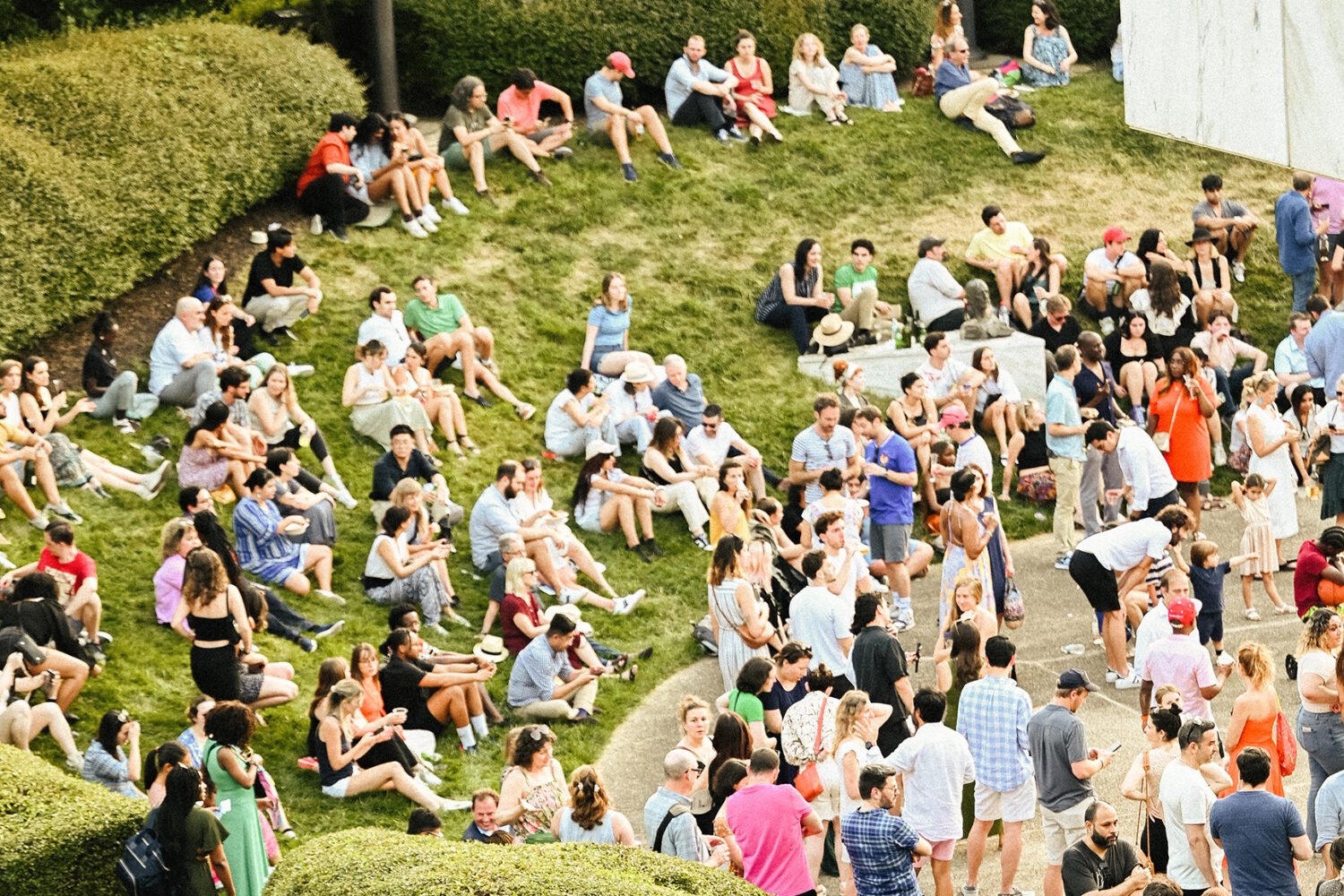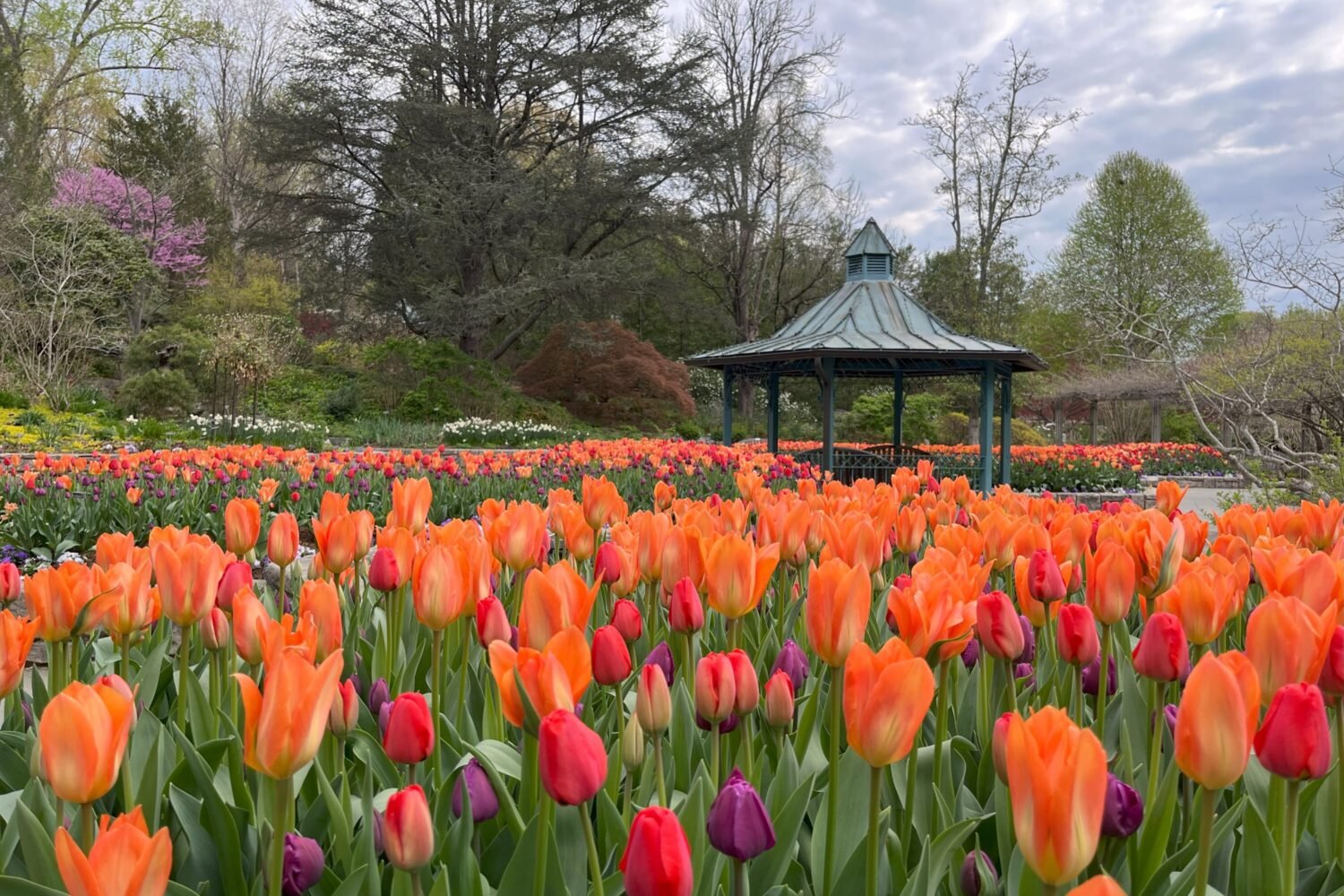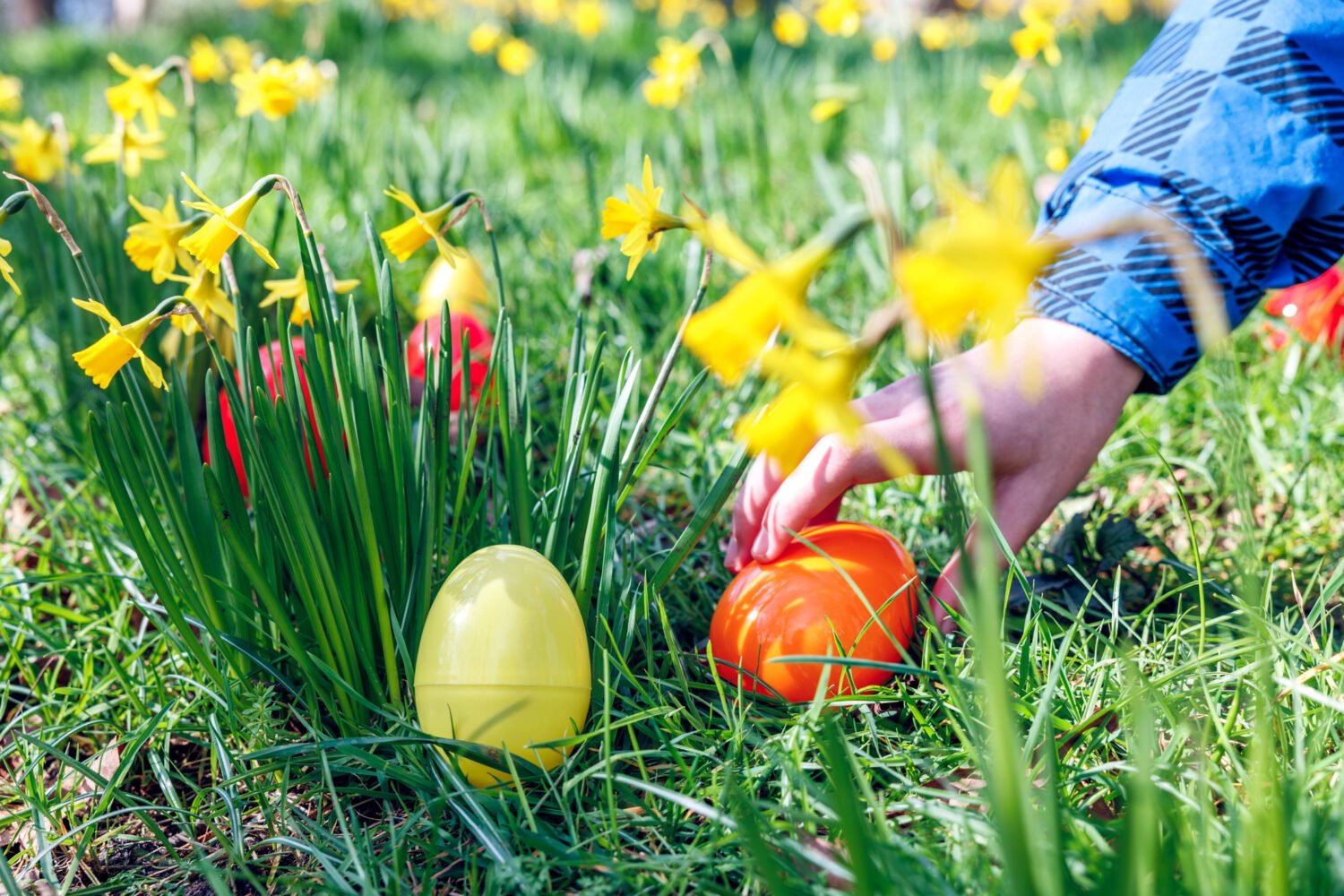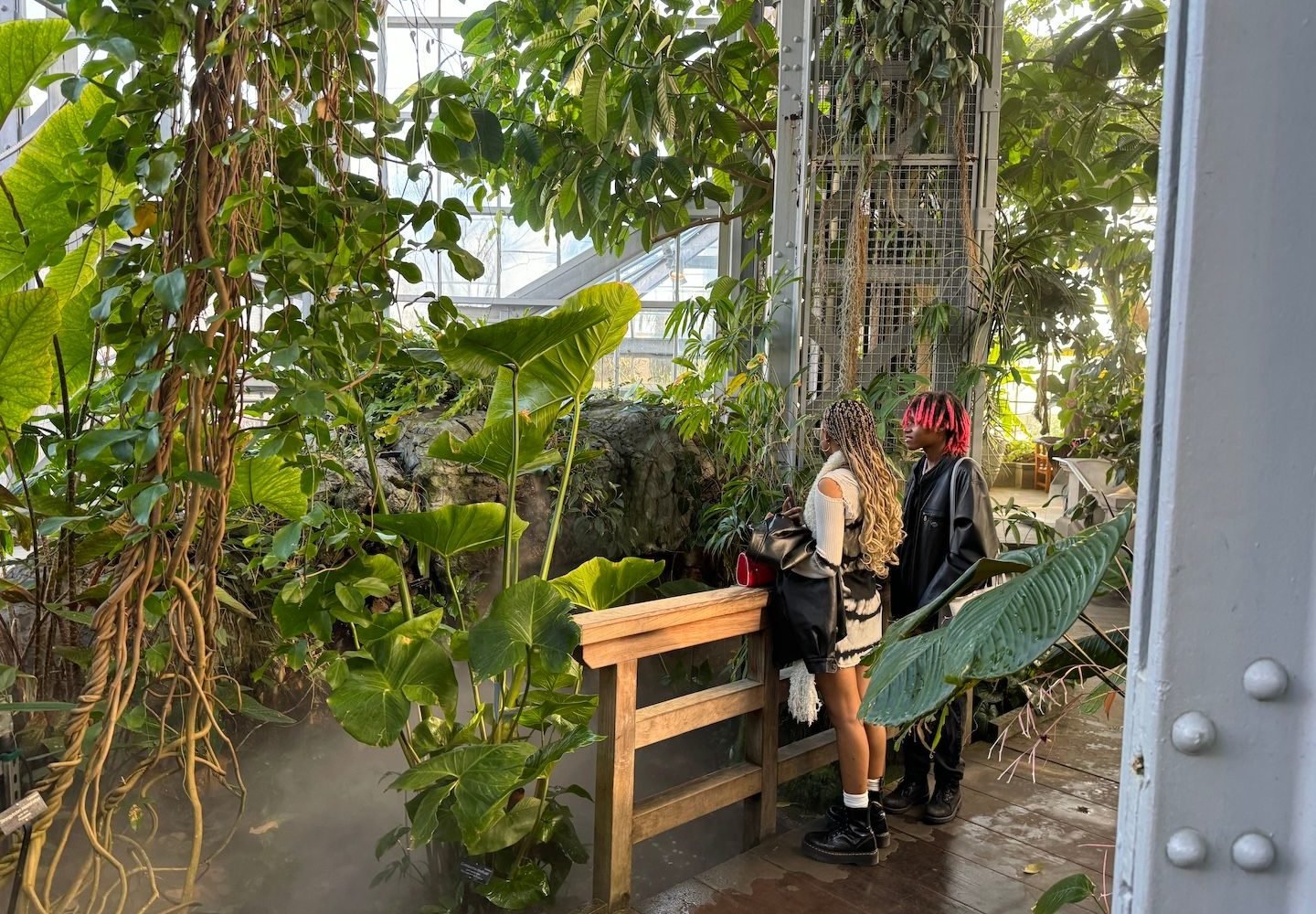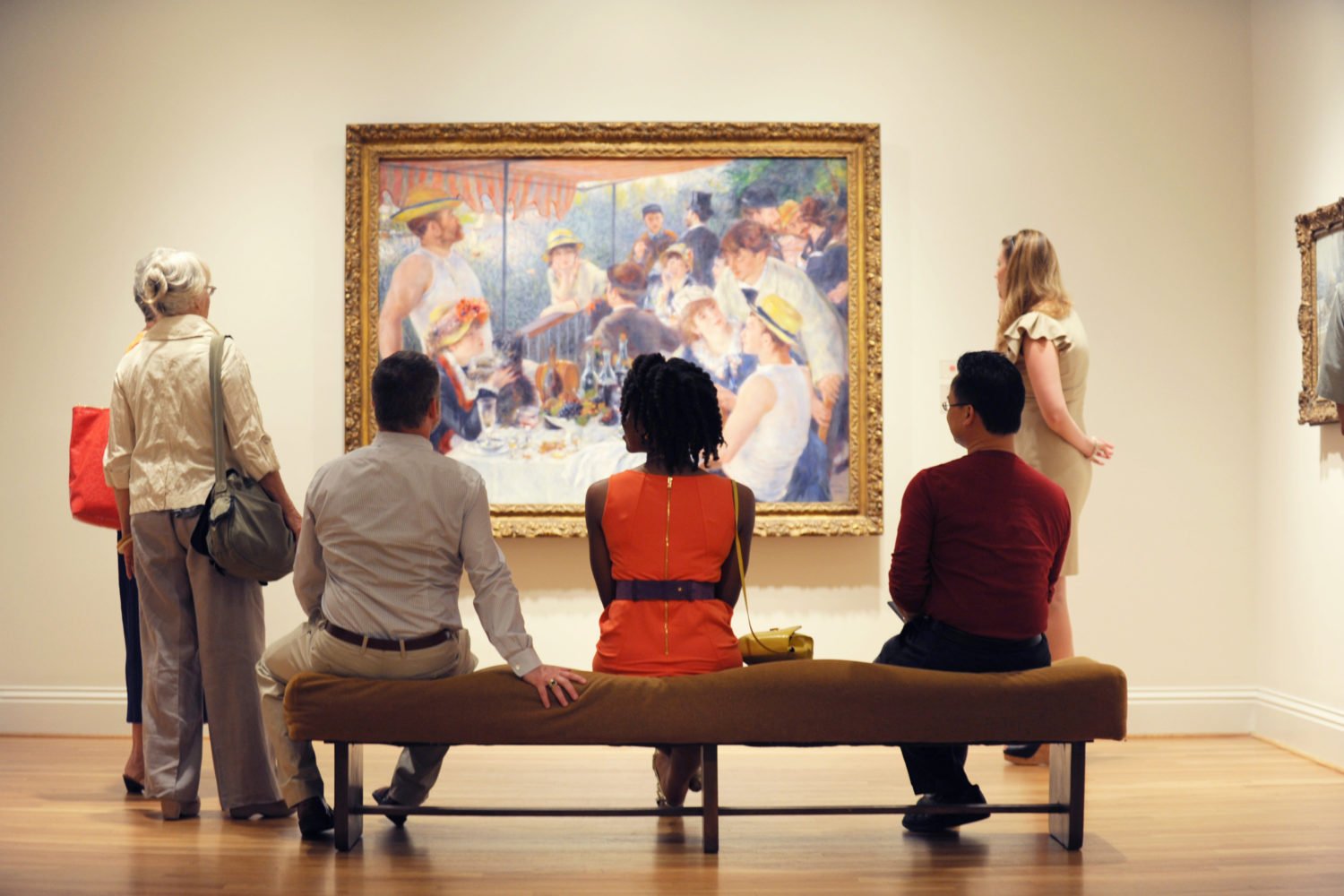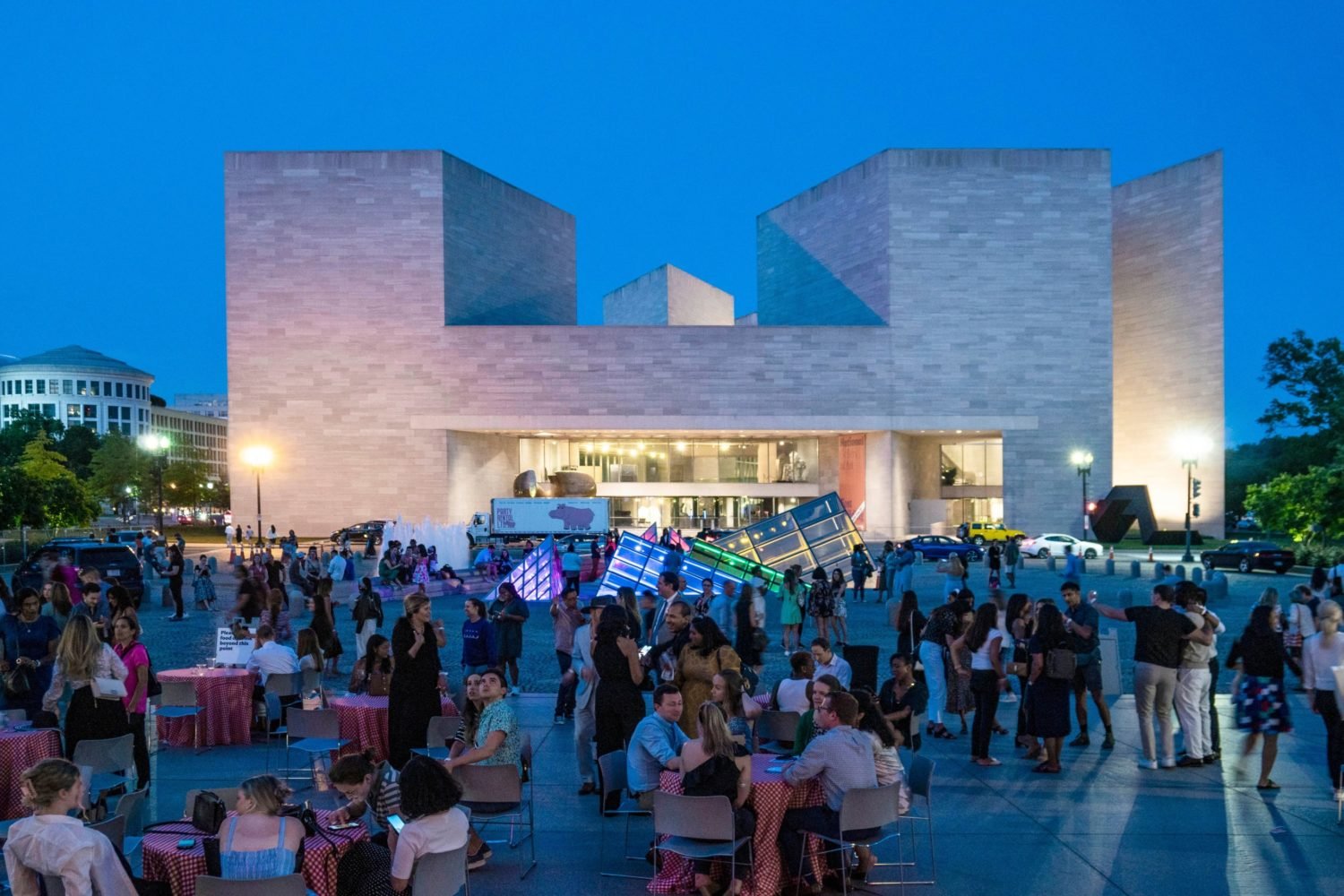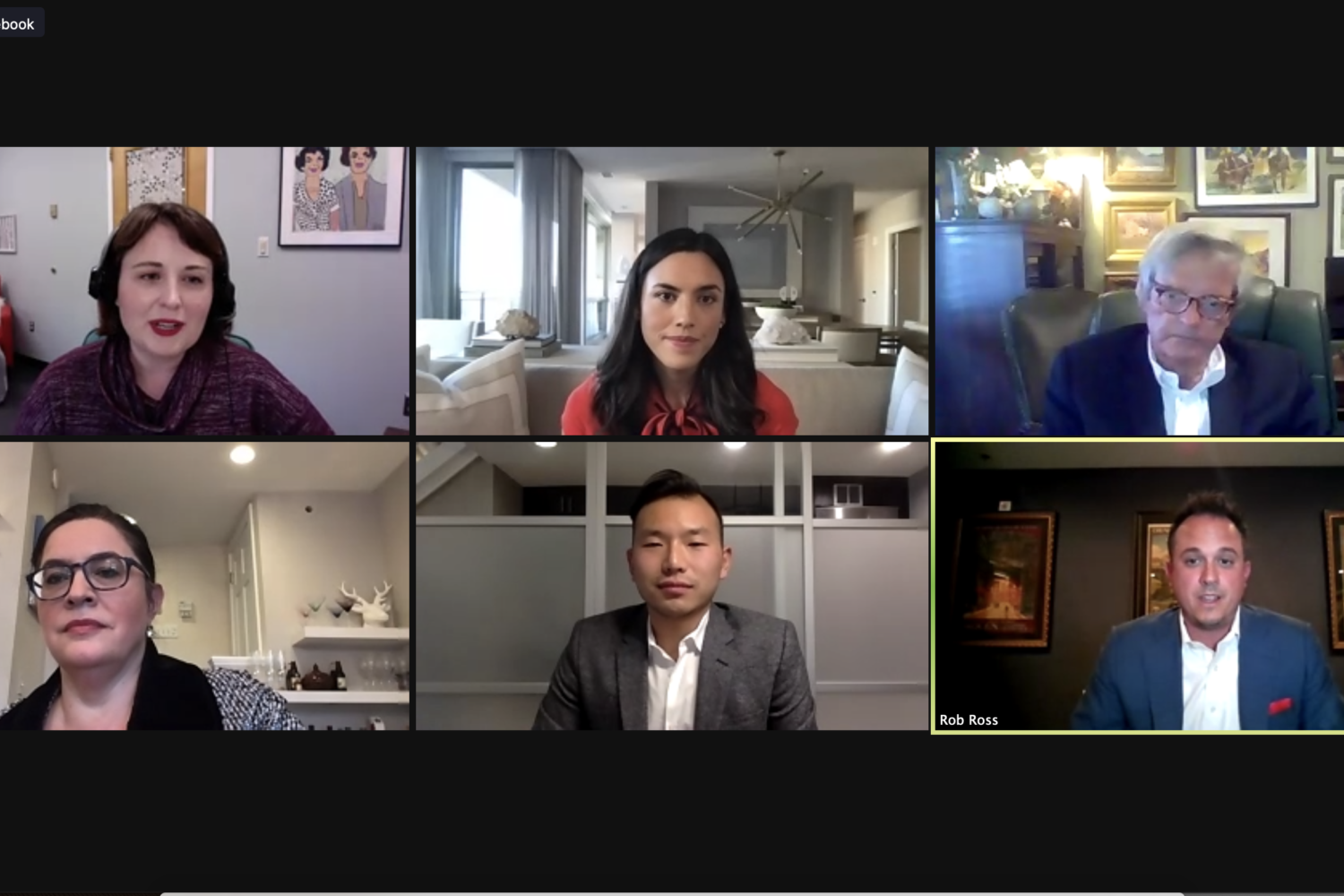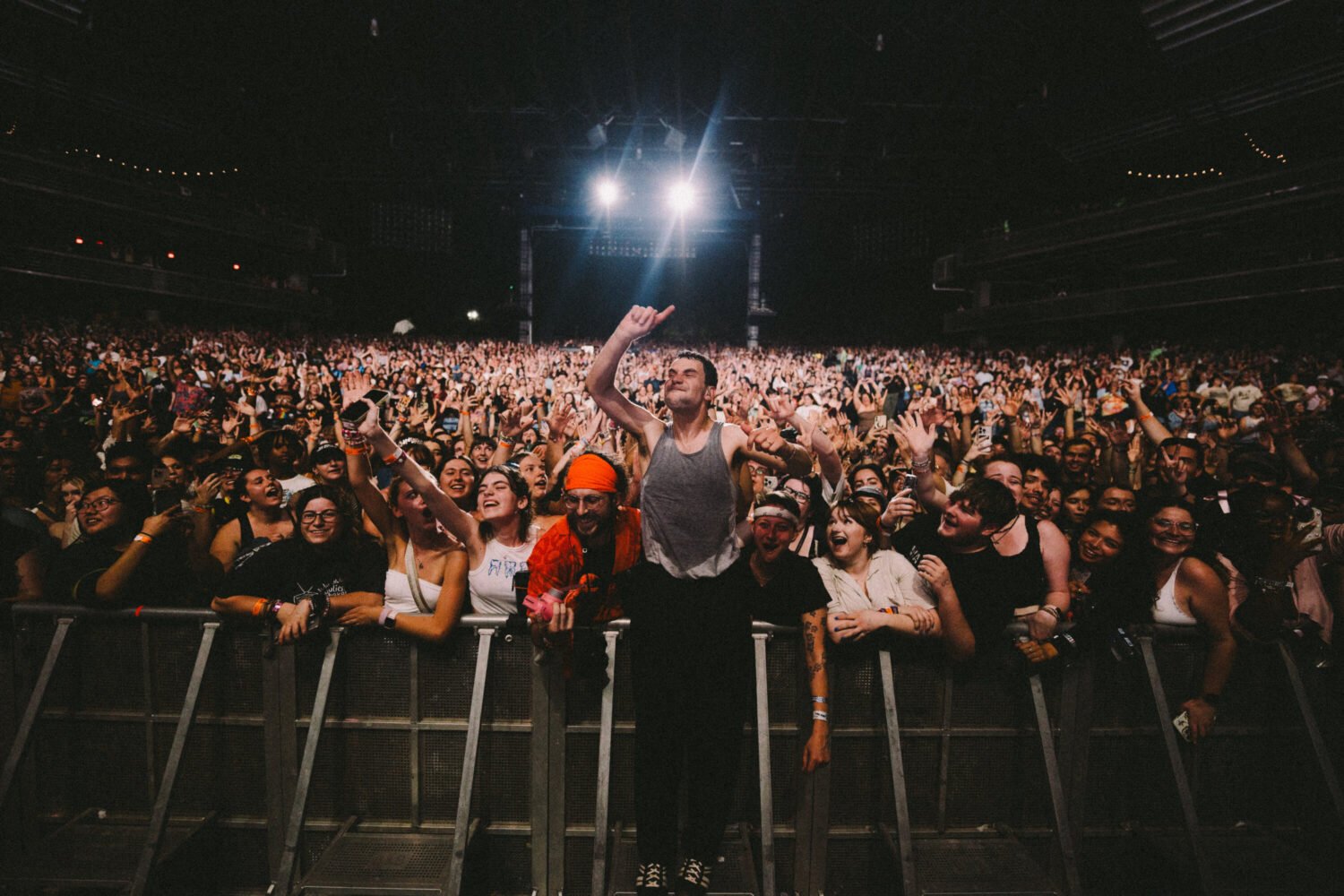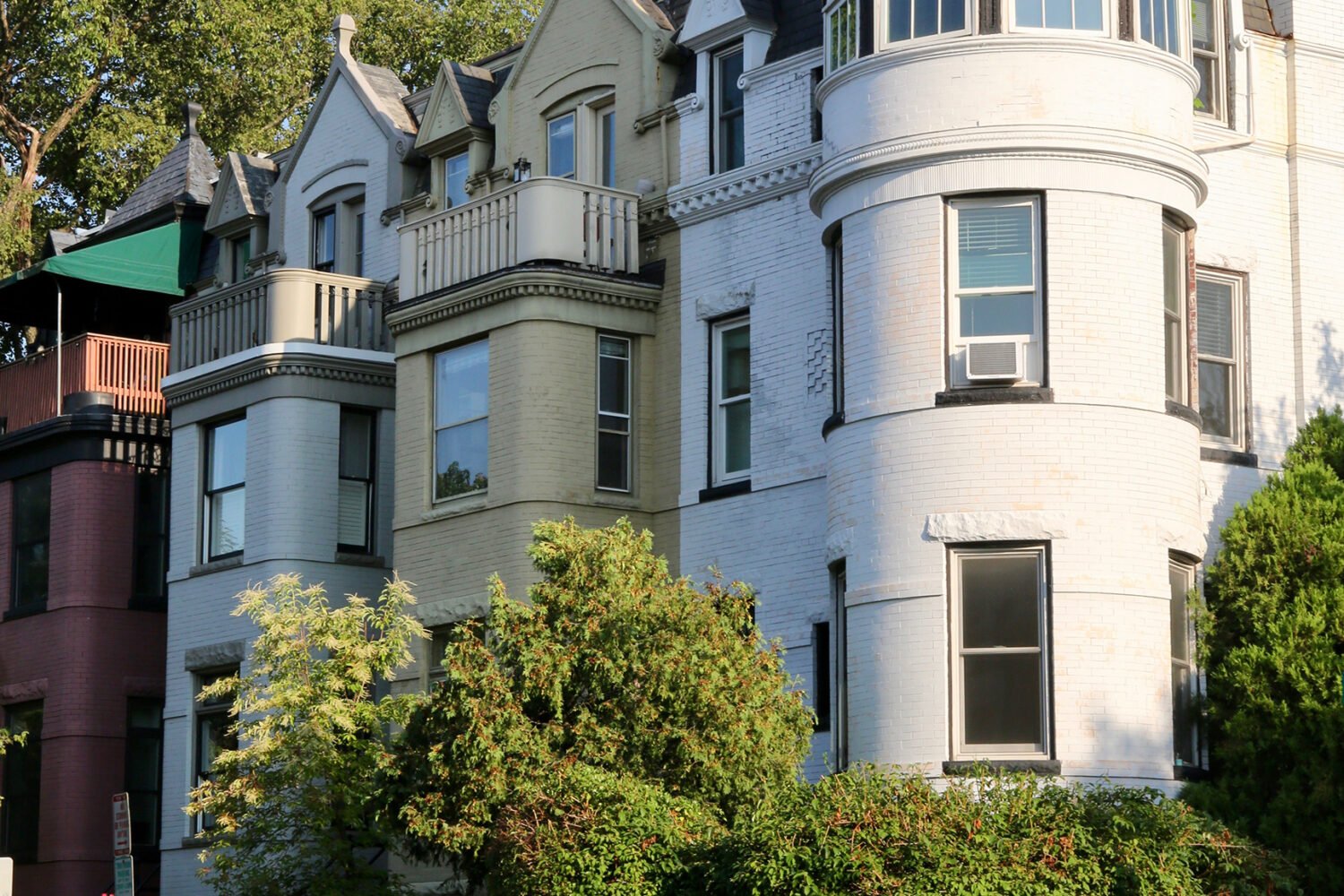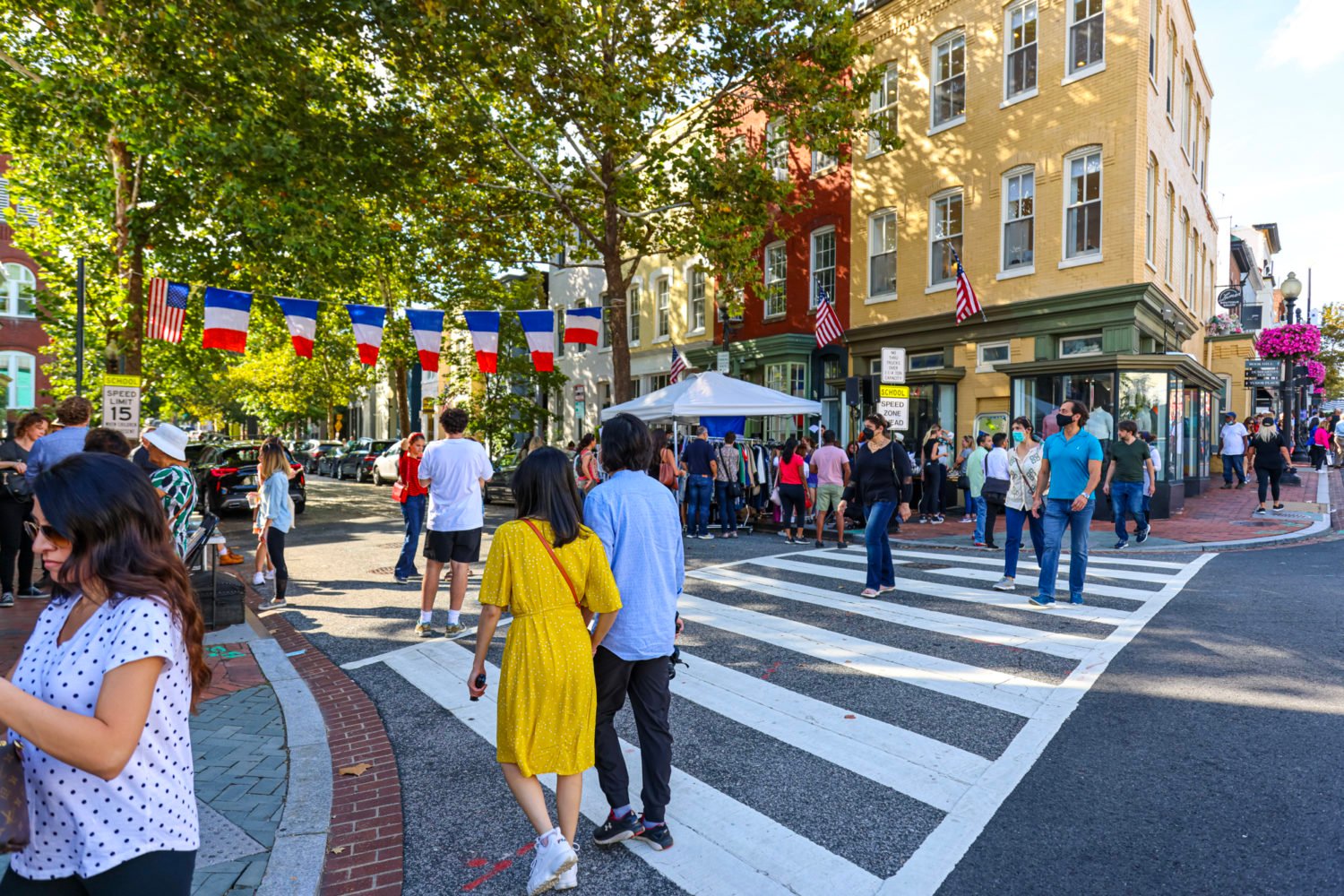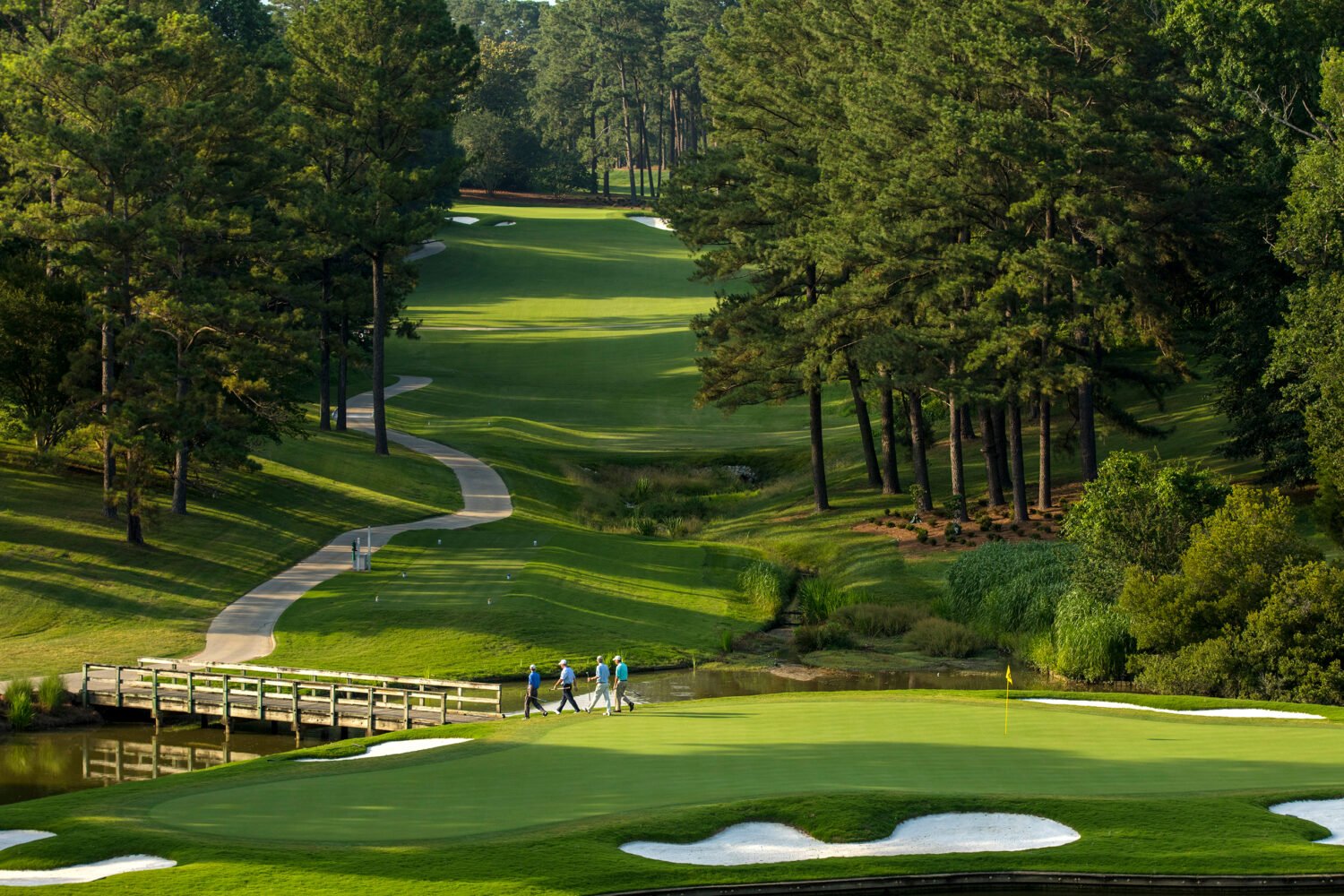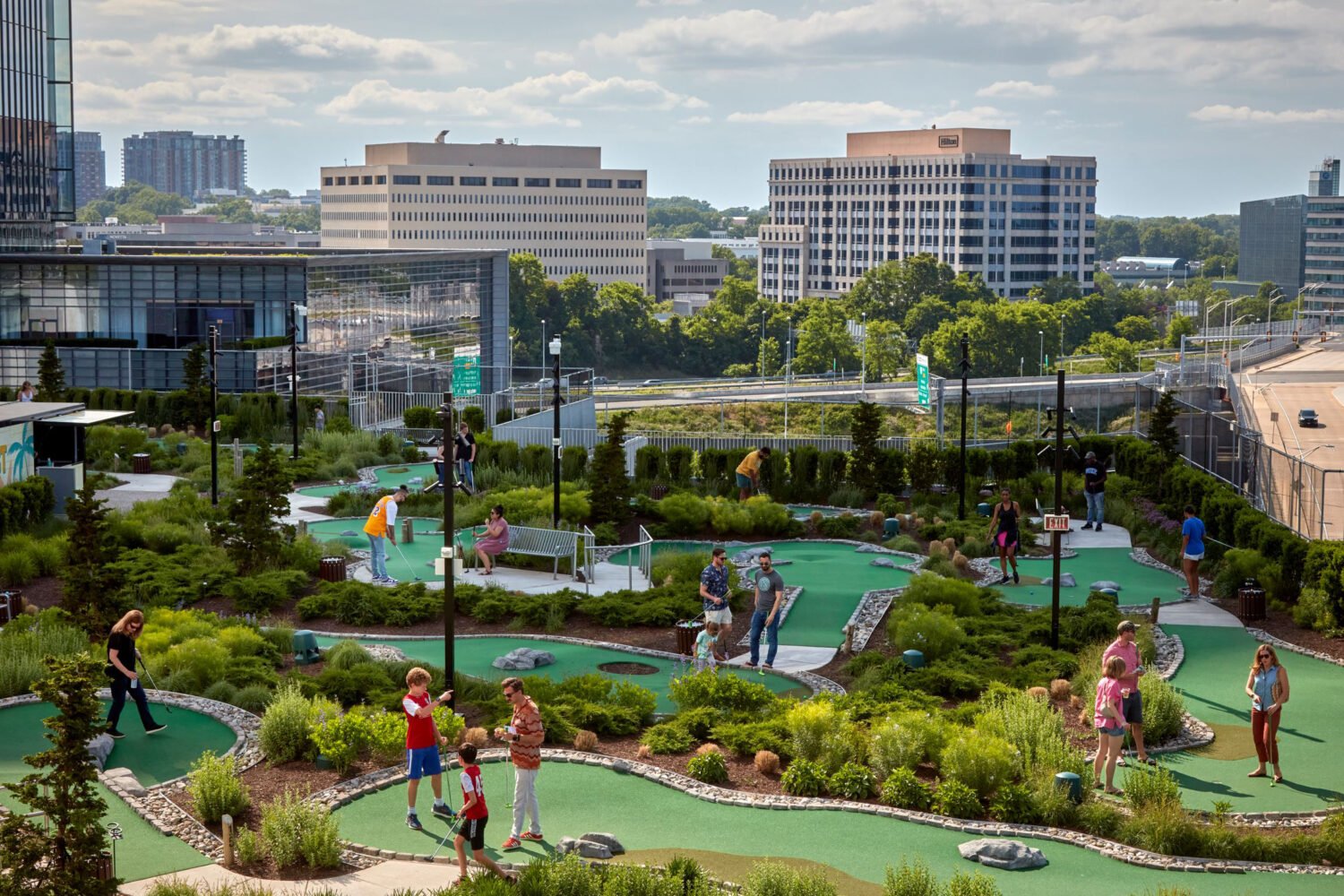Curious what makes someone up and leave Washington for one of the bleakest habitats
on earth? Last weekend, the National Geographic Channel premiered a new series called
Life Below Zero, which follows six
people who live “off the grid” in Alaska, just 122 miles below the Arctic Circle.
Andy Bassich, 54, grew up in Wheaton, Maryland, and moved to Alaska in 1980. Bassich,
his wife, Kate, and their 24 sled dogs now live along the Yukon River in Eagle, Alaska,
14 miles away from the nearest town. Each winter, when temperatures can plummet to
60 degrees below zero, the Yukon River freezes over and the Bassichs are completely
isolated from civilization. We spoke with Bassich by phone to discuss living at the
edge of the earth, what he misses most about Washington, and why Alaska feels like
home.
What was it that made you want to move to Alaska?
I just like living out in the woods; I like living out in the bush of Alaska. I wanted
a little more peace and quiet and serenity, a little bit more space.
What was your life like when you lived in Washington?
I graduated [from] John F. Kennedy High and became a cabinet-maker and a carpenter.
I was working in Virginia. And at about age 22, I just had this really deep feeling
that I needed to move to Alaska. In 1976 when I graduated from high school, I traveled
around the country and felt like I wanted to go to Alaska then, but I had some family
commitments at home that year—my sister was getting married. So I came back home and
did the carpentry jobs for quite a few years. I had a really good job there, but there
was just something inside, a gut feeling that told me I needed to go to Alaska. My
grandmother just encouraged me to go and live my dream when I was young. I took that
advice and moved up here. And I never regret it; I never look back. This is the place
I’m supposed to be.
How did you meet your wife, Kate?
I worked on the Yukon River as a riverboat captain for 20 years, and I met her up
in Dawson City. She was a tourist coming through, and we hit it off really well. We
met in 2003, and we’ve been together ever since.
And how did you get all those dogs?
When I first came to Alaska and out to Eagle, I traded a truckload of wood for one
sled-dog puppy and raised him that first winter. And then I acquired two more dogs.
Then I kept about seven dogs for quite a few years—I would just trap in the wintertime
with my seven dogs. Currently, we have about 24 dogs. They’re all up in Eagle right
now, because we’re expecting to potentially flood and we wanted the dogs to be safe.
When you first moved to Alaska, did you experience culture shock at all?
No, absolutely not. I’ve always been a person that I just enjoy my alone time. Even
when I’m alone, I never feel lonely. And I really enjoy the quiet that’s out in the
wilderness out here. One thing I did miss when I left Washington was I was always
very interested in the fine arts. When I was a kid, I used to ride my bike down Rock
Creek Parkway and go to the Smithsonian and things like that when I was 12, 13 years
old, on my own. I kind of missed that when I came up here. But as far as the hustle
and bustle of suburban and urban lifestyles, no, I didn’t miss that at all. I’m much
better suited to living out in this environment I think.
Can you walk me through what a typical day is like for you and your wife?
I live a very seasonal life. Right now is equivalent to my New Year’s. When the river
ice breaks up, that’s the biggest event of the year for us, and that signals the beginning
of our summertime activities. Our summertime is very, very busy, doing the gardening,
preparing any building projects that we have to do. In the fall, I’m hunting and gathering
our garden supplies and putting those up. The biggest job for us out of the year is
when we fish for salmon for our sled dogs. That’s the primary food for them in the
wintertime, so we have to catch about 2,500 [salmon], and then we have to split those
and dry those on drying racks outside. That’s about a two-week process for us. We
try to get everything done so in the wintertime, we’re really not forced to go out
and do anything for sustenance. The Northern Lights viewing is a big part of what
we do, as well. We happen to live right along a latitude where the Northern Lights
really concentrate.
What do you do in your free time?
Well, pretty much all of our time is free time. We wake up every morning, and we decide
that day what we want to do. We don’t have to answer to anybody. As far as fun things
to do, the dog mushing in the wintertime is enjoyable for me. Kate has a number of
different hobbies. She does what’s called felting. She plays a little bit of guitar.
She writes her own little blog occasionally. We like to go on dog mushing trips together,
just to get away from our own little space here. I make custom knives, I do stone
jewelry work, and then of course all of my carpentry work and cabinet work. So there’s
never much downtime out here.
Aside from visiting your family, if you had one day to spend in the Washington area,
what would you do?
I’d go to the Mall area in downtown DC, see all the monuments. I’m kind of a history
buff—I love learning about history and how people used to do things and how things
worked in the past. So I find [DC] an incredibly stimulating area to be in, and I
think it’s an amazing thing to have that wealth of knowledge and art that’s basically
free to public to go out and view and learn from. I don’t think there are too many
places left in the world where you can go for free and be educated and entertained
for free for literally weeks. It’s a pretty special place.
Do you see yourself spending the rest of your life there, or do you think you’ll end
up moving again?
We’re setting up our lives—this is where we want to be. I don’t ever plan on leaving
here unless I’m absolutely forced to for some reason. I have a really special connection
to this place, deep down, kind of a gut thing. So we’re planning on staying here until
we pass away. You know, there’s work in this lifestyle, but it keeps you fit and it
keeps you healthy. And I don’t mind a little bit of work and getting things set up
so when we’re older, we won’t have to work as hard. It’s just a very rewarding lifestyle
out here to be very self-sufficient like this.
Life Below Zero airs Sundays at 10 PM on the National Geographic Channel.

